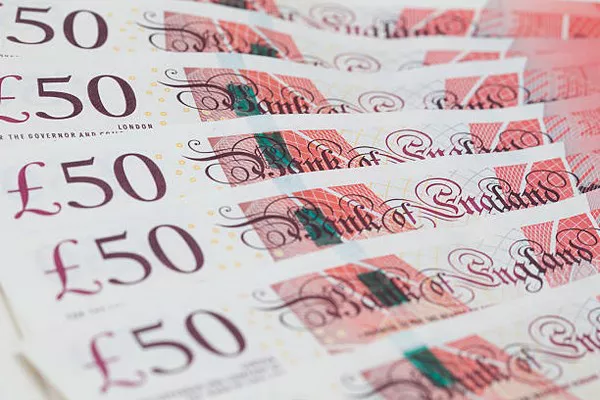During Thursday’s European trading session, the Pound Sterling (GBP) continued its upward trend, reaching a high of 1.2480 against the US Dollar (USD). The surge in the GBP/USD pair was attributed to a significant decline in the value of the US Dollar and growing expectations that the Bank of England (BoE) would postpone any potential rate cuts until its November meeting. This aligns with the prevailing sentiment in the market, mirroring the Federal Reserve’s (Fed) approach of delaying rate adjustments.
The primary factor driving the market’s reassessment of the timing of BoE rate cuts is the sluggish progress in inflation reaching the central bank’s 2% target, attributed in part to consistent wage growth. The labor market report for the quarter ending in February revealed that Average Earnings, including bonuses, demonstrated steady growth at 5.6%, surpassing expectations set at 5.5%.
In order for inflation to converge towards the 2% target, annual wage growth excluding bonuses would ideally hover around 3.5%. Elevated wage growth contributes to inflationary pressures as businesses transfer labor costs to end consumers. Additionally, households with increased disposable income typically bolster overall demand within the economy.


